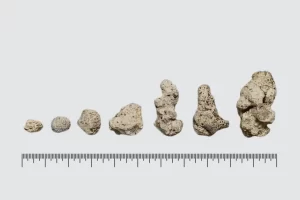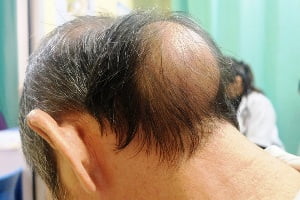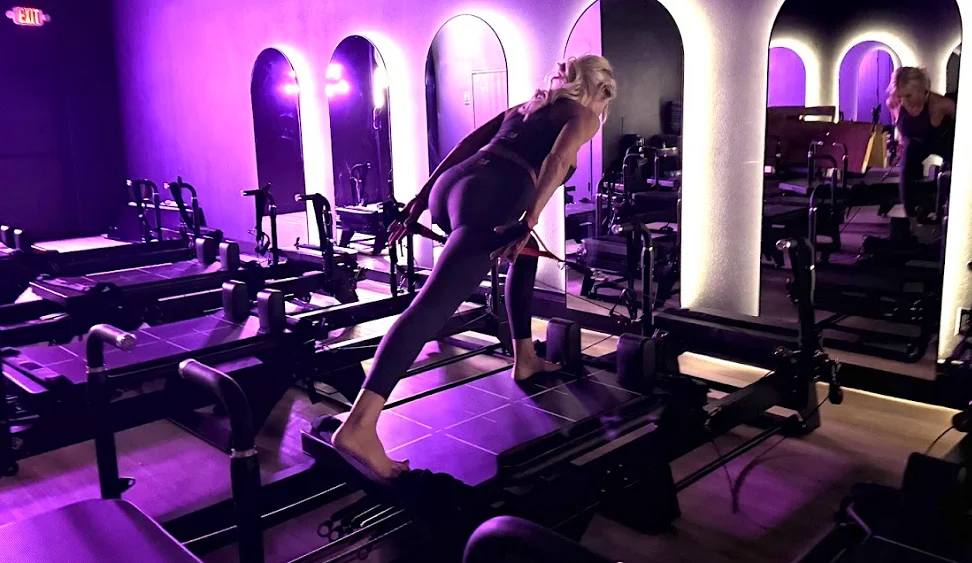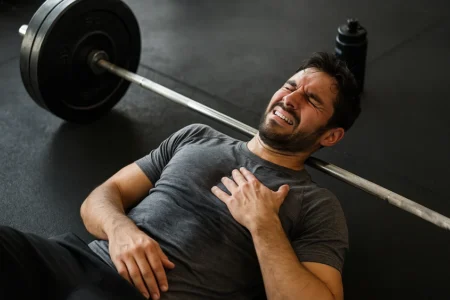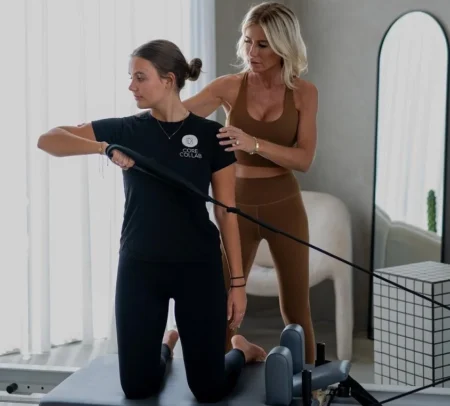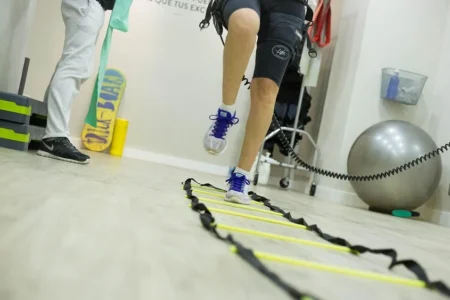Back pain. Slouched shoulders. Tight hips. If all of that rings a bell, you are not alone. It is not only elderly people who experience postural imbalances and constant discomfort; millions of people do. Daily life increasingly conforms to a defensive posture, sitting at desks, scrolling through phones, which takes a toll on the spine and muscles.
What’s the solution? Many are turning to core-driven training methods. These are centered on enhancing the muscles that support your spine and the stability of your body. And it is transforming how you should be approaching recovery and long-term health.
Let’s explore how this style of training is giving people their mobility, posture, and confidence back.
Why Core Strength Is the Missing Link in Recovery
Most back issues don’t start with the spine. They start with weak muscles around it.
The core muscles (transverse abdominis, obliques, diaphragm and pelvic floor muscles) assist in establishing stability of the entire frame. Whenever you use them too little or in a discrepant manner, it is your lower back that will be leveling off. This has frequently made it give way to compensation, tension and pain.
Research shows that core stabilization exercises can improve balance and reduce pain in people dealing with nonspecific low back pain.
Here’s what good core training actually helps with:
- Better spinal alignment
- Reduced pressure on lumbar discs
- Stronger hips and glutes (key players in posture)
- Improved breathing and bracing during movement
- A natural lift in mood and energy
But not all exercises are created equal. Crunches and planks aren’t enough. That’s where a full-body resistance system can really change things.
Where Equipment Like the Lagree Machine Comes In
One approach gaining momentum is resistance-based, core-focused training. Think slow, controlled movements under time-based tension. It’s a method that’s gentle on joints but tough on stabilizers, making it ideal for people in recovery or trying to prevent injury.
If you’ve ever heard of the Megaformer or Solidcore’s platforms, you’re already familiar with the style. However, many are now considering more accessible alternatives, including the Sculptformer.
This Lagree machine alternative offers the same high-intensity, low-impact format that targets your core without straining your spine. You move slowly, stay under tension longer, and train your stabilizers with precision. And because the resistance can be dialed up or down, it works for beginners and advanced users alike.
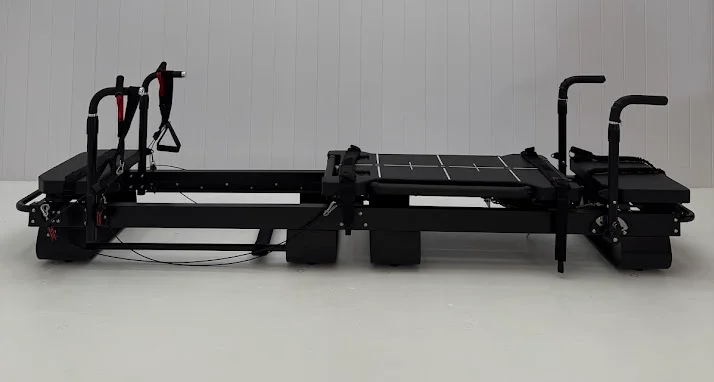
Posture Isn’t Just About Standing Tall; It’s a System
The unfortunate extension of having poor posture is that they have been dismissed as a cosmetic issue. However, the fact is that it affects breathing, circulation, the stomach, and even joint aching. Rounded shoulders and tilted pelvises cause your body weight to be lopsided, causing everyday movement to be more difficult and inefficient.
Here’s what happens when posture improves:
- You breathe more deeply and evenly
- Your joints take on less unnecessary strain.
- Muscles fire in the correct sequence.e
- You feel more balanced and confident in your movement.
A workout focused on functional, core-first movement patterns reinforces these changes over time. That’s why programs built around core activation, like those used with modern reformers, are gaining popularity with physiotherapists and posture specialists.
Functional Movement Meets Real-World Strength
You don’t need to be a fitness pro to benefit from functional training. These exercises are rooted in daily life, lifting groceries, bending over, walking uphill, or climbing stairs. The goal is to retrain your body to move how it was designed to.
With platforms like the Sculptformer, you’re not chasing personal records or heavy lifts. Instead, you’re building the kind of strength that helps you:
- Sit and stand with less pain
- Move through your day without fatigue
- Support your spine with every step
The machine allows slow, resistance-based movements like lunges, planks, pikes, and more, all while keeping your core under tension. That teaches your body to move as a system, not in isolated parts.
A Shift in Rehab: Why Pros Are Rethinking Old Protocols
Traditional rehab often focuses on isolated muscle work. You do a few exercises, ice the pain, and rest. But for many, that only provides short-term relief.
Newer methods are blending core integration, breath control, and nervous system awareness. That’s where low-impact resistance equipment comes in. It allows people to challenge their bodies without adding strain or risk.
Physical therapists, chiropractors, and movement coaches are beginning to recommend reformer-style platforms as part of long-term wellness plans, especially for patients recovering from back surgery or chronic tension.
Why People Are Making the Switch
It’s not just athletes or wellness buffs making this shift. Office workers, postpartum mothers, seniors, and even people dealing with sciatica are finding relief with these workouts.
Some testify that they had been experiencing months of lower back pain and massage, but it was only after slow resistance training that the symptoms subsided. Others credit these machines for helping them rebuild their posture, strengthen their pelvic floor, and reduce their reliance on pain meds.
The takeaway? When you train your core in a smarter, more targeted way, your body responds.
Final Thoughts
Back pain and poor posture aren’t just modern annoyances; they’re signals. Your body is asking for better support, more balanced movement, and smarter recovery.
If traditional workouts aren’t helping, it might be time to look at the structure behind your strength. Core-driven, full-body training isn’t about aesthetics; it’s about restoring function.
For many, that starts with machines like the Sculptformer. Whether you’re recovering from injury or simply trying to stand taller without discomfort, a Lagree machine alternative might be the gentle-but-effective solution your body has been waiting for.
